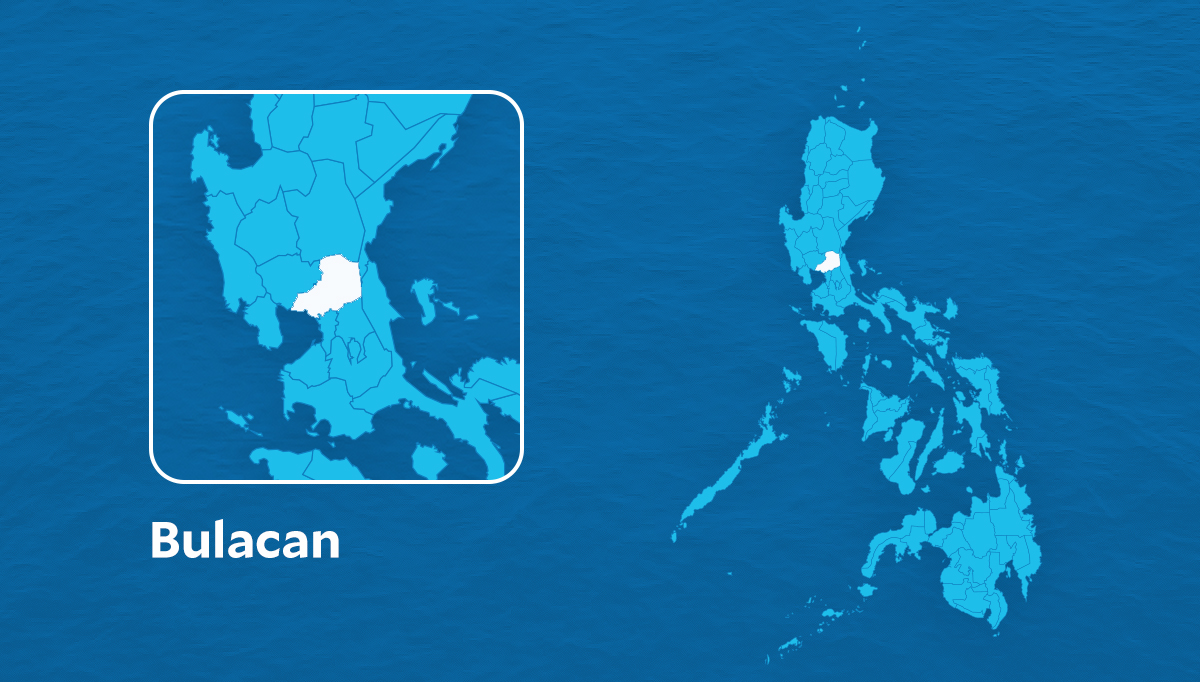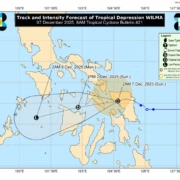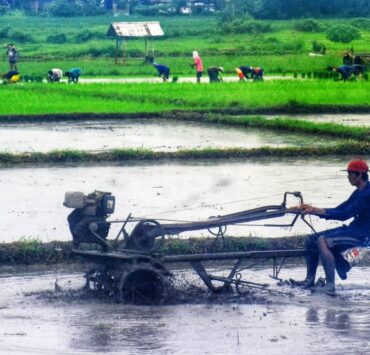In flooded Bulacan town, the dead need dry ground

HAGONOY, BULACAN—In this coastal town constantly battered by tidal waters from Manila Bay, even the dead are not spared—their resting places relocated time and again to escape the floods.
For Israel Saguinsin, 34, a Bulacan State University professor and one of the leaders of Tindig Hagonoy that protested anomalous flood control projects here, high tide flooding is not just a nightmare exclusive for the living.
From the flooded Hagonoy Catholic Cemetery on Mabini Street in Barangay San Sebastian, Saguinsin’s family transferred the remains of his grandparents to Raymundo Memorial Park in 2010.
But years later, that private cemetery also began sinking under floodwaters, forcing the family to relocate their loved ones again in 2022—this time to the flood-free Cherubim of Heaven Memorial Park in Barangay San Pedro.
Still, not all of the remains of Saguinsin’s dead relatives have been moved.
“It is even harder for those in the ordinary cemetery or whose tombs are in the grounds because they are deeply soaked in floodwater unlike those in the mausoleums,” he told the Inquirer on Monday.
Tidal schedule
Saguinsin said that even the relocation of remains from a submerged cemetery depends on the tidal schedule, as graves can only be exhumed when waters temporarily recede.
For Mac Vengco-Bergantin, 39, visiting her departed loved ones has also become impossible. This year, she will light candles for her grandparents and cousin at her home in the City of Malolos instead of at their graves in Raymundo Memorial Park in Sto. Niño-Poblacion, which has been inundated for months.
“There are times that the ground surface is seen when tidal level is low and if the waters are pumped out, but we don’t know if that will happen this coming All Saints’ Day. We also need to relocate our loved ones for good. But we don’t see it happening this time because that would be costly,” she said.
According to Jerome Crisostomo, Hagonoy’s disaster response officer, both the Hagonoy Catholic Cemetery in Mabini and the Peralta Cemetery in San Sebastian remain submerged under tidal floods nearly all year long.
“These two cemeteries in Barangay San Sebastian are located in the far end, even the streets and the approaches are flooded. If it is not high tide, the flood leaves mud and other debris. Visiting the dead is as messy and as troublesome as the daily encounter with high tide,” Crisostomo said.
He said road upgrades had not helped, worsening flooding in low-lying areas.
This year, he noted, the high tide level on All Saints’ Day is expected to reach about a meter (3 feet), and water recedes slower in recent years.
While several public cemeteries remain flood-free, families in San Sebastian continue to endure the brunt of the town’s worsening subsidence and tidal intrusion.
For the family of the late Bulacan journalist Dino Balabo, the decision to bury him outside their hometown was prompted by necessity.
When Balabo died on Sept. 1, 2014, his family interred him at Paombong Memorial Park and transferred the remains of their father there as well. When their mother passed away the following year, she was buried in the same cemetery.
“It is really terrible to live here now. Boat is almost the regular means of transportation,” said Joyce, Balabo’s widow.

















